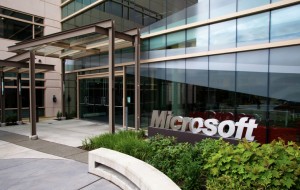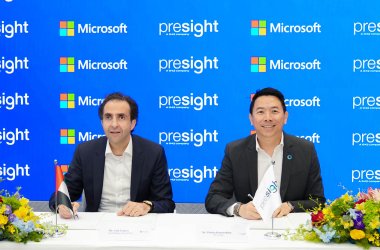Security researchers have presented proof-of-concept code capable of accessing the database driving a Microsoft ERP system and then diverting funds while avoiding immediate detection.
Tom Eston and Brett Kimmel of vendor SecureState presented the would-be malware this week at the Black Hat Abu Dhabi conference. A white paper on the mock attack, called Project Mayhem, is available on the SecureState website.
For hackers seeking big money, infiltrating an enterprise resource planning system would be like hitting the jackpot. Once inside, cybercriminals would have access to financial software, as well as applications driving business operations.
Makers of corporate enterprise resource planning (ERP) systems include Oracle and SAP, while Microsoft’s Dynamics Great Plains software is for midsize businesses.
Hacking Great Plans, or any other ERP system, requires more than just technical expertise, said Matthew Neely, research and innovation team director for SecureState. An accountant would also be needed to make sense of the information in the database and to manipulate accounts in a way to avoid immediate detection.
Project Mayhem included tech experts and a certified public accountant SecureState had on staff. “It’s that blending of unique knowledge that facilities the ability to find [where to] attack,” Neely said on Friday.
What the researchers did was find a way to access the Microsoft SQL Server database through the Great Plains client. Before that can occur, a cyber criminal would have to trick a Great Plains user into clicking on a malicious email attachment or visit a web site capable of downloading the code.
Once the code is installed, it can intercept communications over ODBC between the client and the database and also inject commands, Neely said.
“Think of it as having a phone line between the client and the database. That’s the ODBC connection,” Neely said. “We’re tapping into that phone line and are able to hear what’s being said and also talk into it.”
At that point, a hacker could manipulate financial data and change entries to move funds to an outside account. SecureState researchers were able to alter the remittance address on vendor records, create a new vendor and manual check entry, change general ledger accounting records, increase customer credit limit and credit the balance in a customer account in order to get a refund.
Depending on its sophistication, actual malware could go undetected by anti-virus software. How long it remained hidden would depend on the kind of security technology in use.
“The malware as it is right now is very much in a proof of concept state,” said Spencer McIntyre, a SecureState researcher and creator of the tool, said. “What we mean by that is we haven’t weaponised it. All we wanted to do was show that it is possible.”
Regardless of the security technology in use, companies should also have accounting procedures in place to regularly check financial records for unusual entries.
“One of the goals [of the research] is to encourage accounting departments to adopt more stringent controls that could detect these attacks,” Neely said.
Despite the critical importance of ERP security, the software often goes unpatched for long periods of time, because of the complexity of updating the often highly customized systems.
In May, consulting firm Onapsis released a study showing 95 percent of more than 600 SAP systems tested were vulnerable to attack, mainly because patches had not been applied.
Read more about malware/cybercrime in CSOonline’s Malware/Cybercrime section.






